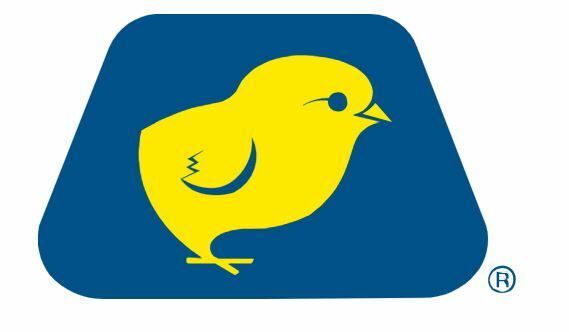



New vitamin and trace mineral recommendations
Learn more about Hy-Line's new recommendations for supplying needed nutritionVitamins and trace minerals are critical nutritional components in layer rations. Ensuring their adequate supplementation helps to optimize the health and productivity of laying hens. The significant genetic improvement in productivity and feed efficiency has dictated the need for Hy-Line to update the vitamin and trace mineral recommendations for commercial and parent stock. Hy-Line varieties produce an additional 15–25 eggs and are even more feed efficient than before.
These additional eggs represent some 6–10 additional chicks from breeding hens, resulting in less feed and micronutrients for each settable egg produced. The level of micronutrients fed to highly productive breeders needs to keep pace with this increased output and efficiency, to support reproductive function and optimize the viability of their progeny.
The vitamin specification must not only meet the needs of today’s more highly productive female line, but also a more fertile male. These factors must all be considered within the broader context of increasingly challenging environmental and sanitary conditions. As a consequence, the levels of micronutrients have increased in the current parent stock guidelines.
The commercial stock recommended levels also consider the vast genetic improvements producing under more difficult environmental conditions, while respecting the more cost-sensitive nature of the commercial environment. Consequently, some micronutrient levels have increased relative to previous recommendations.
This recent update also introduces recommendations for new minerals, like magnesium, which is essential in stress reduction, muscular function, skeleton health, energy metabolism, and protein synthesis. Adequate magnesium levels help support optimal production levels and overall health.
Choline has been excluded from this update, as choline levels (provided in Rearing and Production Period Nutrient Recommendation Tables in the management guides) have been updated to reflect increased productivity of both parent and commercial stocks and the increased demands of extended, single-cycle laying periods.

Vitamins and trace minerals are crucial components in layer rations for several important reasons:
- Overall Health Maintenance: Vitamins and minerals play essential roles in maintaining the overall health of laying hens. They are involved in various physiological processes such as growth, reproduction, immunity, and metabolism.
- Egg Production and Quality: Specific vitamins and minerals are directly linked to egg production and quality. For example, vitamin D3 is critical for calcium absorption, which is essential for forming strong eggshells. Vitamin E and selenium are important antioxidants that help protect cell membranes and maintain egg quality.
- Reproductive Performance: Adequate levels of vitamins and trace minerals are necessary for optimal reproductive performance in breeders. This includes fertility, hatchability of eggs, and overall reproductive health.
- Immune Function: Vitamins A, C, D, and E, along with minerals like zinc and selenium, play key roles in supporting the immune system of laying hens. A robust immune system helps prevent diseases and ensures the well-being of the birds.
- Metabolic Functions: Many vitamins and minerals serve as cofactors or regulators in various metabolic pathways. For instance, B vitamins are essential for energy metabolism and the utilization of nutrients from feed.
- Stress Resistance: Layers may encounter various stressors such as environmental changes, handling, or disease challenges. Adequate levels of certain vitamins (like B-complex vitamins) and minerals (like zinc and manganese) help in mitigating the negative effects of stress and maintaining the bird’s health and productivity.
- Economic Efficiency: Proper supplementation of vitamins and minerals in layer diets can lead to improved feed efficiency, better growth rates, reduced mortality, and optimal egg production. This translates into better economic returns for poultry producers.










